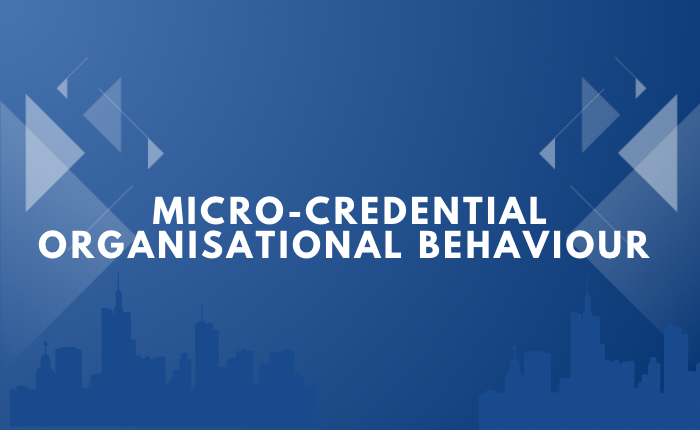
About Course
This course is unique as it is based on a field of study that draws upon a diverse range of disciplines for a systematic and integrated approach to the study of human behaviour. The primary purpose of this course is to increase students’ appreciation on the management of organisations through the development of knowledge of human behaviour. In this course you will explore theories, practices, and issues relating to human behaviour at the individual, group and organisational level. Students will analyse the dynamics of how and why employees and managers behave the way they do in organisations and the subsequent impact on performance. This course takes an integrated and contingency approach to management and has an applied focused. With active participation in this course, students will be able to gain an appreciation of organisational behaviour as a field of study that can be used in the effective management of people and organisations.
Course Content
Introduction to Organisational Behaviour
-
-
Chapter 1 slides Introduction to OB
-
Recording Live Class on 15 Mac 2025
00:00





